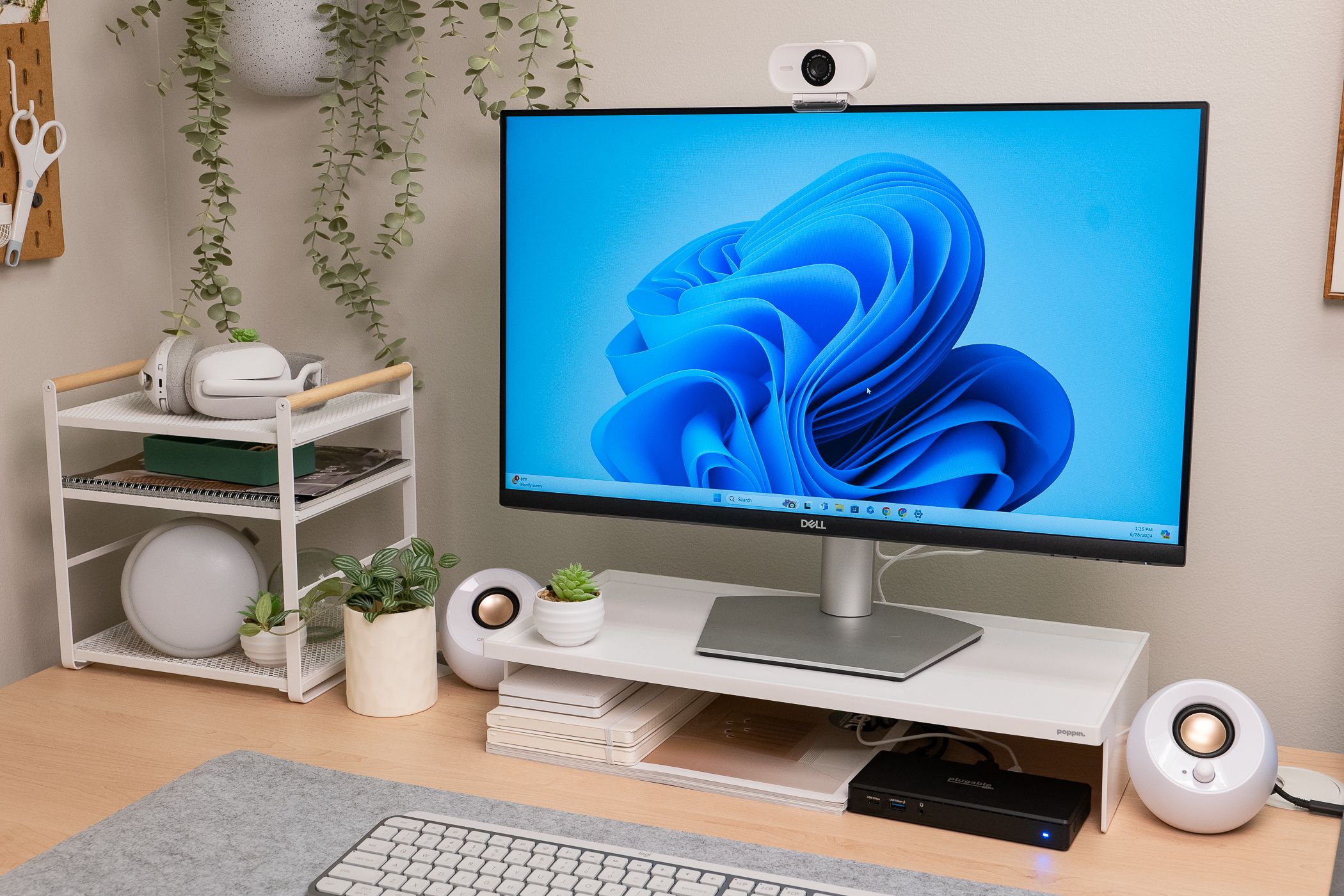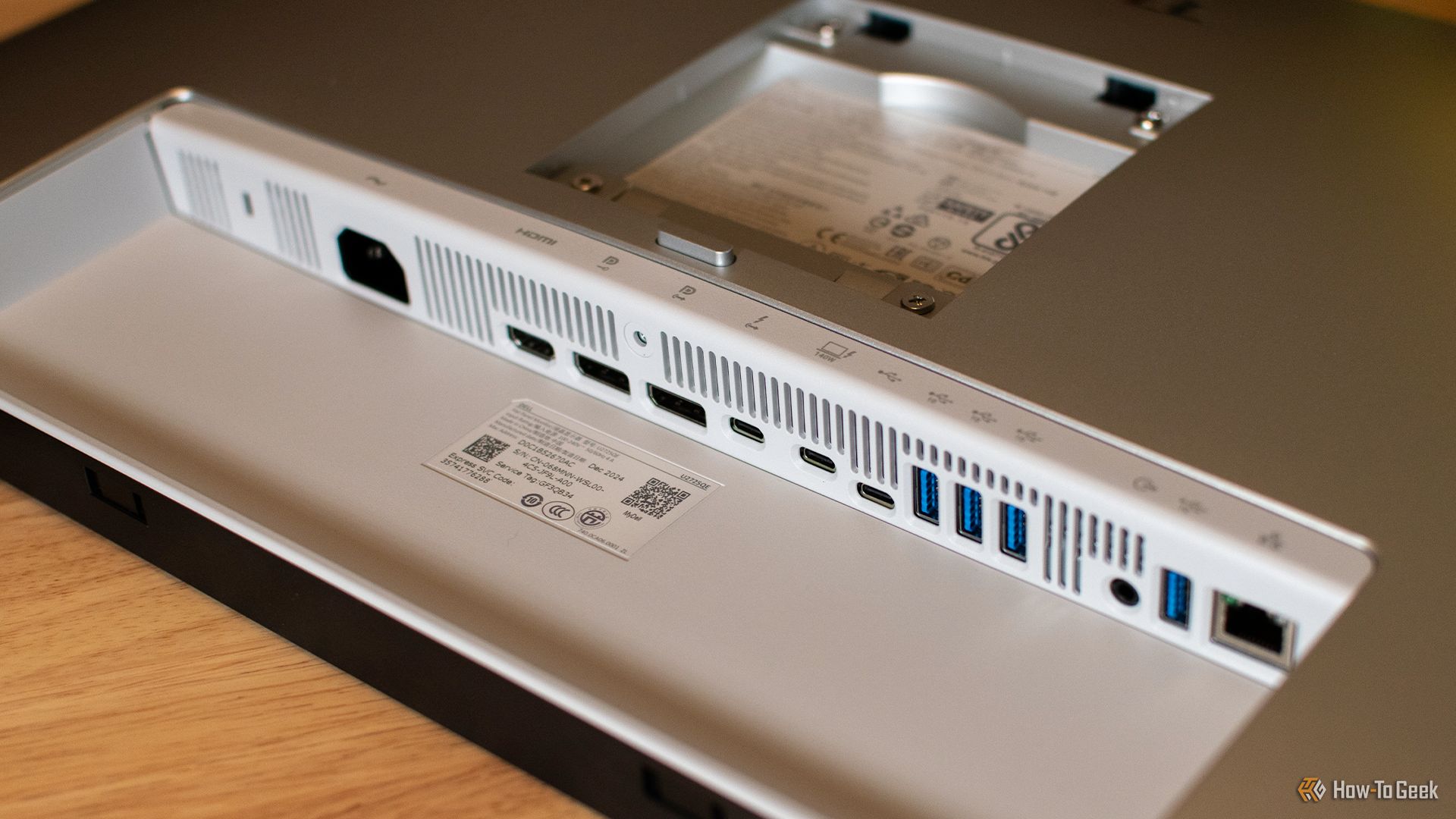There are some computer parts that you should probably think twice about buying used. Things like hard drives, SSDs, and power supplies can be a real lottery. However, monitors aren’t one of them. They’re one of the best PC components to buy used. Here’s why.
Monitors Last Longer Than Most PC Components
Most computer parts cost a fair amount of money, and there is always a question of “how long will this last?”
In the case of some components, like CPUs and GPUs, excluding manufacturing defects, they’ll typically last a very long time—well past the point where they’re obsolete. Other components, like hard drives, fans, and power supplies, are subject to wear and tear, which makes them risky to buy used.
Luckily for everyone, computer monitors tend to be pretty long-lived, especially VA and IPS displays. They have no moving, wearable parts like fans or hard drives. Under normal circumstances, they’re not subject to aggressive heating-cooling cycles, which can put a strain on delicate internal components. The combination of a fairly simple design, with no moving parts, and no major strains gives you a piece of tech that will likely last a long time.
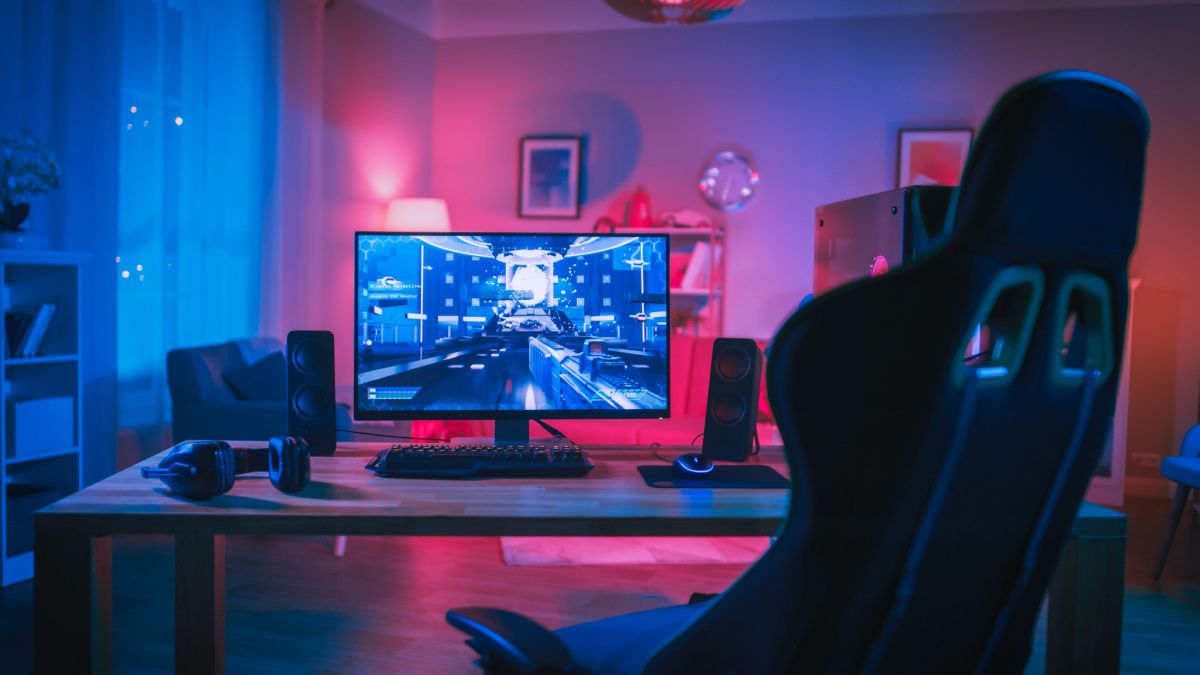
TN vs. IPS vs. VA: What’s the Best Display Panel Technology?
The most influential decision you can make when you buy a new monitor is the panel type. So, what’s the difference between TN, VA, and IPS, and which one is right for you?
Out of the 10 or so monitors I’ve purchased (some used) since 2008, all but one still works. The one that doesn’t work didn’t just randomly die one day either; it was dropped during a move. Older LCDs used a cold cathode florescent lamp (CCFL, like the old swirly CFL lightbulbs) for a backlight, and they were more vulnerable to drops and bumps since the glass could crack.
Modern LED backlights, however, are quite resilient, and you would probably break the motherboard or the screen itself before a bump knocked out the LEDs.
Display Technology Moves Slowly
Excluding the occasional technological jump, like when we migrated from CRTs to LCDs, display technology doesn’t really change all that quickly. That means a used display you buy today will probably be acceptable for years to come.
As an example, consider 1080p, which is “Full HD.” According to the Steam Hardware Survey, a collection of stats about PCs with Steam installed, 1080p has been the most common resolution since April 2011. By August 2017, 54% of all screens in the hardware survey were 1080p. Seven and a half years later, in March 2025, 1080p screens make up 56% of all screens surveyed.
For more than 13 years, 1080p has been the most common resolution, and it has been the resolution found on the majority of monitors for the last 7 and a half years. That is a pretty great run for any PC standard.
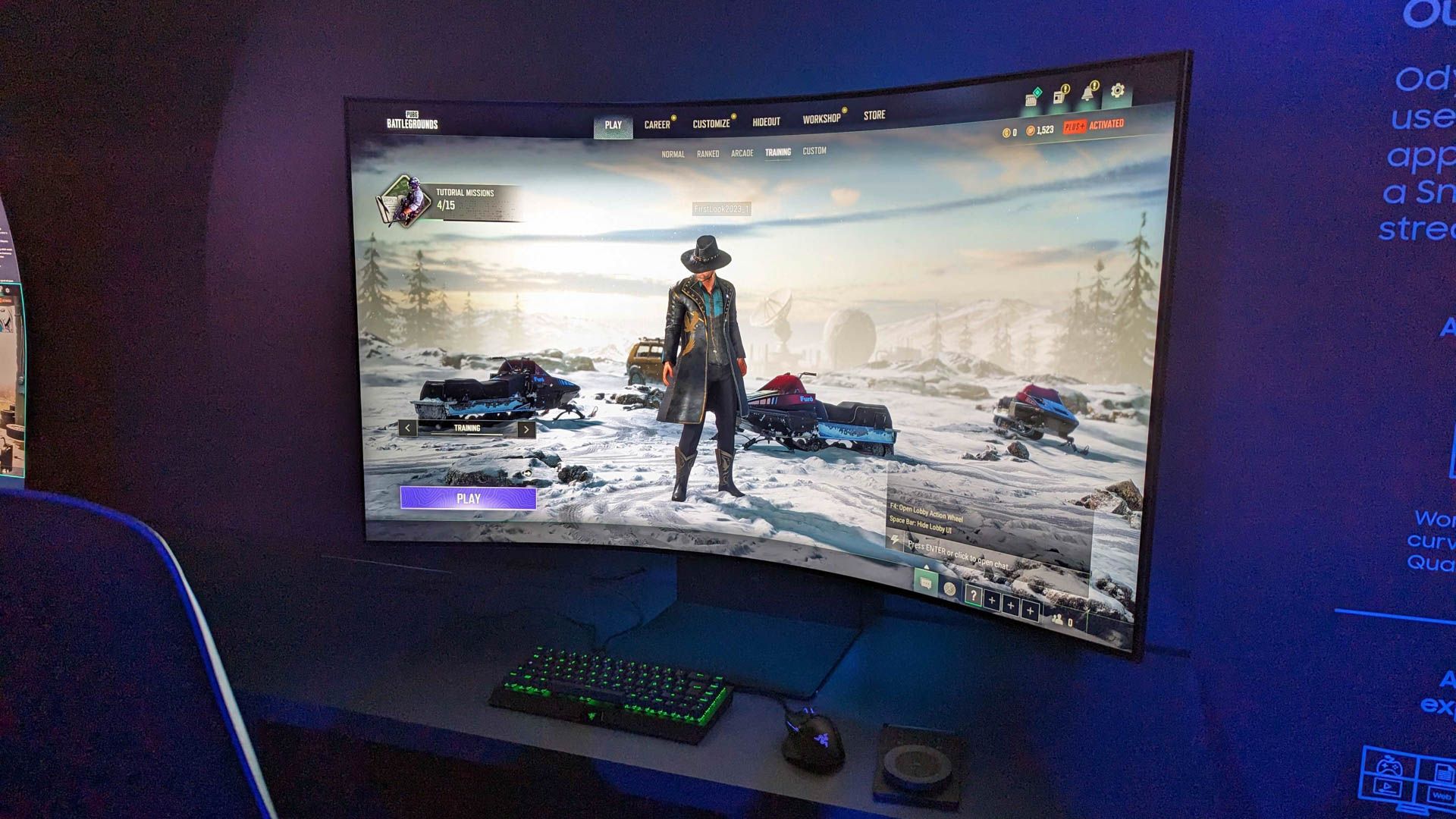
1080p vs. 1440p vs. 4K Monitors: How Big Is the Difference?
Monitors, monitors everywhere! But which one to get?
Resolution isn’t the only spec that has staying power. Though it isn’t included in Steam hardware surveys, 60Hz has been the standard for LCD computer monitors since they were introduced nearly 30 years ago. It wasn’t until relatively recently that 120Hz, 144Hz, and higher became common, and those refresh rates are still not available on the majority of monitors. Even today, you still see 60 FPS thrown around as a benchmark gamers should try to hit in a given game.
Sure, that 8-year-old 1080p monitor that runs at 60Hz won’t let you fully utilize the power of the latest and greatest GPUs, but if it isn’t your primary display, does that really matter? A used display can make an excellent second or third monitor if you’re big on multitasking on your PC, and save you hundreds of dollars in the process.
Besides, if you keep an eye out for a good deal, you can probably scoop much more modern monitors for cheap.
Finding and Buying Used Monitors
Facebook Marketplace should be your first stop for used monitors. You just need to watch out for scammers because there are a ton of them.
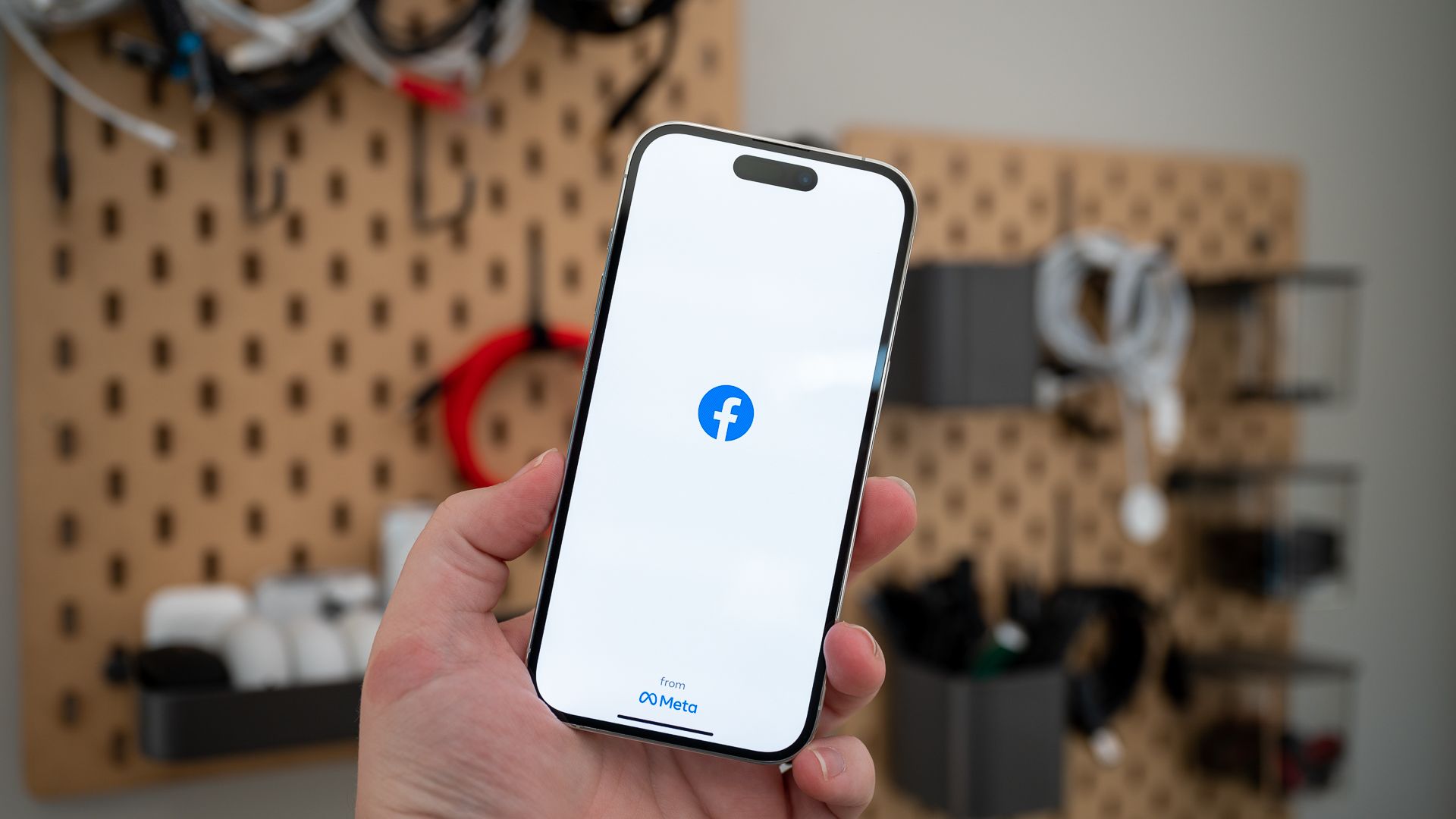
10 Facebook Marketplace Scams to Watch Out For
Buying and selling items on Facebook Marketplace is easy, but make sure you don’t fall for one of these scams.
I’d only consider buying used if the monitor was at least 30% below the normal sale price and in good condition. If you do find one you like, here is a quick list of things you need to check before you hand over any money.
Check the Corners
Screens don’t like being dropped, but they are especially vulnerable when they’re dropped on a corner. Before you buy a monitor, closely inspect each corner. If you see obvious signs of damage, like cracks, big scrapes, or weirdly bent corners, insist that they show you the monitor operating normally before you buy it.
Check the Ports
Ports occasionally get yanked on by accident (or on purpose) and sometimes that is enough to completely break one. While you’re evaluating a monitor, make sure to take a look at the ports. If the port itself is misaligned within the plastic body of the monitor, you should probably stay clear. You have to pull on a cable really hard to do that, and the odds are good that the port won’t function.
If you can, make sure none of the contacts are broken or bent either. It is a bit harder to see than a mangled port. A small flashlight will come in handy.
Check the Screen Itself
Once everything else checks out, look at the screen itself, if you haven’t already. Ideally, you’ll have the seller turn it on and show you that it works. However, that isn’t always an option. If you can’t see it running, there are a few things you should look out for.
Obvious dents are an automatic no-go in my book, since that probably means the screen is toast. The same applies to any cracks, bubbles, or wrinkles.
Scratches are more of a personal choice that depends on how you plan to use it. If it were a screen I’d use every day, I’d probably avoid scratches. However, I have an old 15-inch screen I move between PCs for various reasons that has some scratches, and I couldn’t care less.
The biggest thing, however, is persistence. Good deals go fast, but they’re worth it when you land one. Recently, a friend got two 1440p 144hz monitors for 75 dollars per display, but it took about three weeks for that deal to show up.



